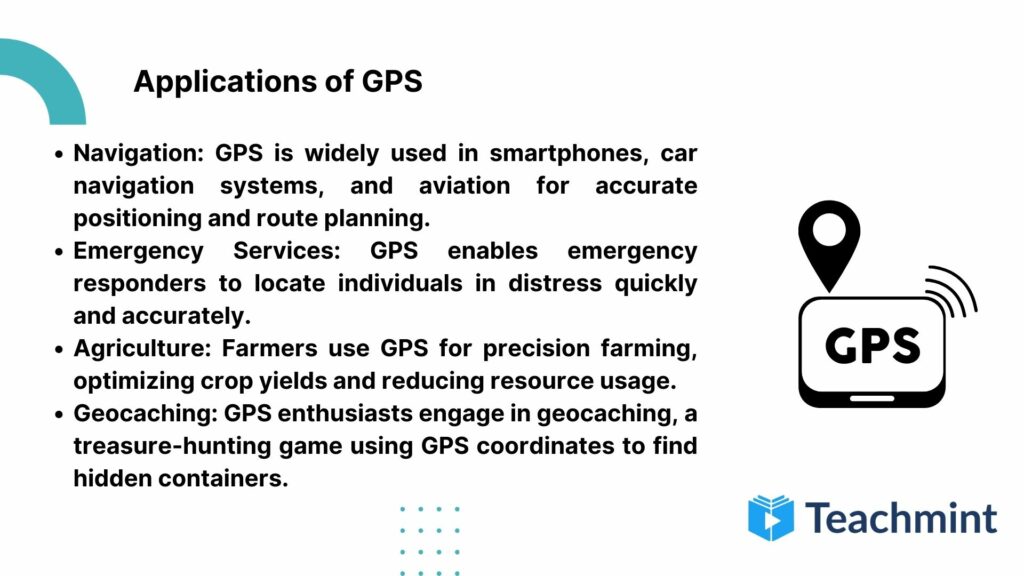The acronym “GPS” has become synonymous with navigation, seamlessly guiding us through unknown streets and finding hidden gems on our travels. But have you ever stopped to wonder what GPS stands for?
The GPS Full Form is Global Positioning System, a complex yet fascinating network of satellites that work together to tell you exactly where you are on Earth, all within centimeters of accuracy. This article delves into the captivating world of GPS, exploring its history, how it works, and its far-reaching applications in our daily lives.
A Journey Through Time: The Origin Story of GPS
The roots of GPS can be traced back to the Cold War era, where the US Department of Defense sought a reliable navigation system for military purposes. The first GPS satellite was launched in 1978, and by the 1990s, the constellation had grown to provide global coverage. Initially restricted for military use, the accessibility of GPS technology to civilians was unlocked in 2000, revolutionizing navigation forever.
Unveiling the Magic: How Does GPS Work?
Imagine a network of 24 satellites constantly orbiting Earth, constantly broadcasting precise timing signals. When your GPS receiver (in your phone, car, or dedicated device) picks up these signals from at least four satellites, it calculates your position based on the signal arrival times. The complex math involved considers factors like satellite positions, signal travel time, and even Earth’s rotation, resulting in incredibly accurate location data.
Beyond Navigation: The Diverse Applications of GPS
GPS is no longer just about finding your way; it has infiltrated nearly every aspect of our lives. Here are just a few examples:
- Precision Farming: Farmers use GPS-guided tractors for automated seeding and harvesting, maximizing efficiency and yield.
- Emergency Response: Rescue teams pinpoint the location of stranded individuals, enabling faster and more effective assistance.
- Logistics and Delivery: Delivery trucks optimize routes with real-time traffic updates, ensuring timely deliveries.
- Financial Transactions: Time synchronization provided by GPS ensures secure and accurate timestamps for financial transactions.
- Scientific Research: Researchers track animal movements, monitor environmental changes, and map remote areas with the help of GPS data.

The Future of GPS: A World of Possibilities
GPS technology continues to evolve, with improvements in accuracy, satellite integrations, and even indoor navigation capabilities. Advancements like Galileo (Europe), BeiDou (China), and GLONASS (Russia) have emerged, creating a more robust global navigation system. These developments pave the way for exciting possibilities, including:
- Autonomous Vehicles: Self-driving cars will rely heavily on GPS for precise positioning and navigation.
- Augmented Reality: Overlaying digital information onto your physical surroundings will be enhanced by accurate GPS data.
- Improved Disaster Response: Real-time location data will aid in coordinating relief efforts during natural disasters.
The Responsibility of Precision: Ethical Considerations
As the reach of GPS expands, the potential for misuse and privacy concerns arise. It’s crucial to utilize this technology responsibly, acknowledging ethical considerations like data security, tracking limitations, and potential biases in navigation systems.
Conclusion: Unlocking the Potential of GPS
From its military origins to its diverse civilian applications, GPS has transformed the way we navigate our world. Understanding its GPS full form and how it works allows us to appreciate the technology behind the magic. As GPS continues to evolve, we must utilize it responsibly and harness its potential to create a more connected and sustainable future.
Learn more about Teachmint plans here.

